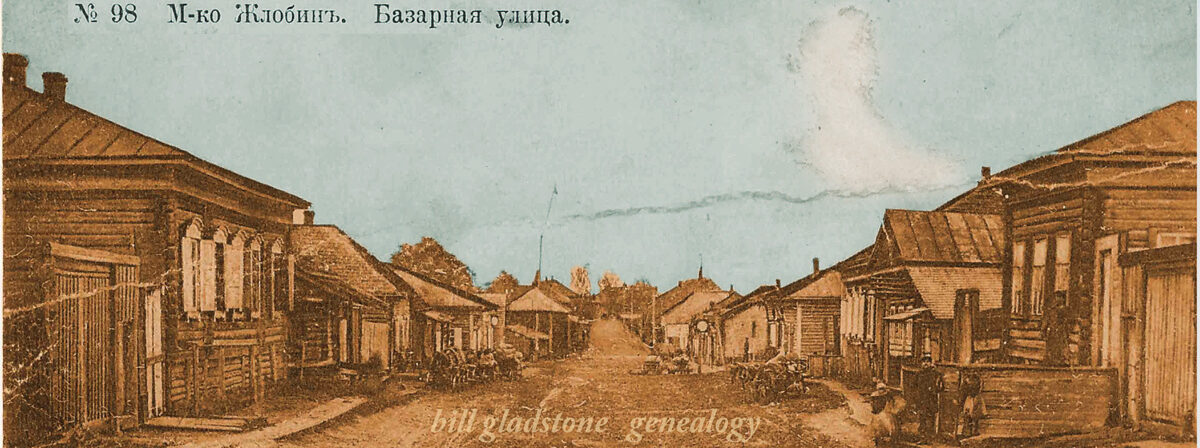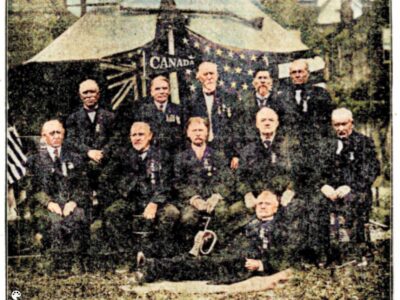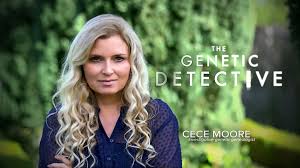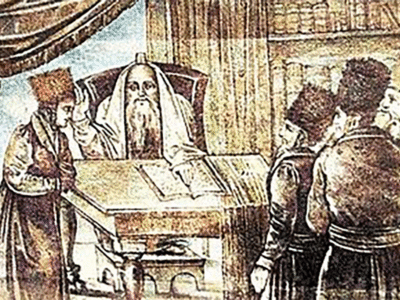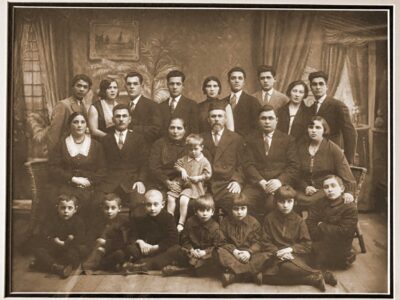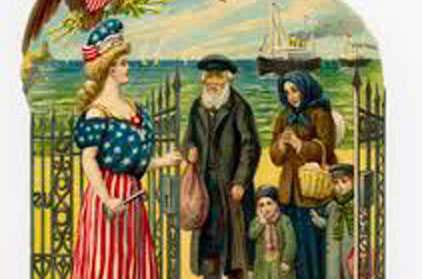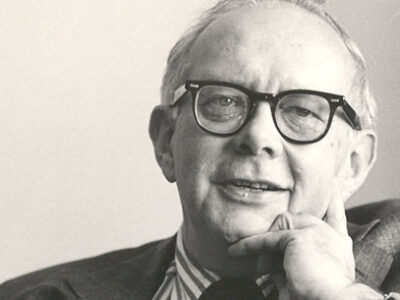 Fifteen-year-old Bernard Karp finds a strange heirloom in the food freezer in the basement of his family’s suburban Memphis home: a greenish block of ice containing a frozen rabbi, a Jewish Rip van Winkle lying in peaceful repose as if flash-frozen in the midst of a relaxing afternoon shluff. Confronted at the dinner table, Bernie’s father reveals the family secret: “Some people got taxidermied pets in the attic, we got a frozen rabbi in the basement. It’s a family tradition.”
Fifteen-year-old Bernard Karp finds a strange heirloom in the food freezer in the basement of his family’s suburban Memphis home: a greenish block of ice containing a frozen rabbi, a Jewish Rip van Winkle lying in peaceful repose as if flash-frozen in the midst of a relaxing afternoon shluff. Confronted at the dinner table, Bernie’s father reveals the family secret: “Some people got taxidermied pets in the attic, we got a frozen rabbi in the basement. It’s a family tradition.”
A century ago in the Karp ancestral shtetl, the holy man was known as Rabbi Eliezer ben Zephyr or the Boibiczer Prodigy for his vast mystical knowledge. One day as he was immersed in a deep meditative trance beside the river, his neshamah traveling the upper realms, he became submerged in the overflowing waters, then frozen as winter set in. Preserved in an ice-house, he was eventually transported to America in a smuggled shipment of fish and caviar.
Steven Stern’s fabulist narrative, which rivals anything by Michael Chabon for pure wit and inventiveness, begins in the modern era after a power failure thaws out the Boibiczer Prodigy and brings him back to life. The cryonic rebbe’s experience of the “goldene medina” demonstrates the aptness of the Portnoyian contention (courtesy of Philip Roth) that “America is a shikse” that will make even the purest soul stray from the path of righteousness.
Chapters of the book alternate between the recent adventures of Bernie and the rabbi in an America that seems to be forever seeking new heights of crassness and mediocrity, and the historic escapades of various Karp ancestors as they seek to preserve the ice-block over the past century.
Like a semi-comatose patient on life support, the newly-cognizant rabbi sits passively in front of the television for weeks, soaking in talk-show trash and infomercials as he regains his strength from the comfort of a Lazy-Boy. “The people, they are such chazzers, all the time gobbling: gobble gobble; they feast on everything that it’s in their sight,” he observes. “They eat till their bellies swell by them like Goliath his hernia, and shop till their houses bulge from the electronic Nike and the Frederick of Hollywood balconette brassiere, but they ain’t satisfied.”
Inspired by the elphin mystic with the funny bowler on his head and the funnier bowdlerisms on his lips, Bernie dives into Jewish mysticism and — only in America — quickly becomes adept at gilgul, the transmigration of souls. Meanwhile the rabbi, infected by the low culture around him, tries to catch up on all of the worldly pleasures he missed during his long snooze.
To generate income, he writes a bestselling autobiography called The Ice Sage, markets shtreimels with snap-on raccoon tails, and opens the House of Enlightenment, a storefront business with a six-pointed neon star in the window. Sandwiched “between Uncle Ming’s Chinese Take-Out and Layla’s Little Piggies Pedicure,” the establishment may stink of treif but is immensely successful and, together with his book, catapults the Boibiczer Prodigy onto the media circuit.
Watching the progress of his falling idol, Bernie suspects he is practicing the discipline known as “aliyah tzrichah yeridah, descent for the sake of ascent,” an extreme corrective measure he read about in an 18th-century text. But the maneuvre is spiritually dangerous and its outcome cannot be assured because, as Bernie notes, “Descent is certain while ascent is not.”
The book presents a parade of colourful characters including Bernie’s ancestors, Shmerl Karp and his business partner Max Feinshmeker, alias Jocheved, a woman who disguises herself as a man to better care for her family’s ice-block hand-me-down. Max-Jocheved relies on a few quick sex-change disguises to get the iceman out of serious scrapes. The holy cake of ice is said to bring a person luck, but it’s funny how often that luck turns out to be bad.
Stern is a master of Yiddish-inflected dialogue reminiscent of Malamud and deliciously humourous. His references to arcane Jewish religious practices and beliefs seem as anachronistic in today’s America as the thawed-out rabbi himself.
If we attempt to see The Frozen Rabbi as an allegory, the rabbi in the Karp’s Kelvinator freezer could represent the package of traditional Jewish values handed down to the present generation of secularized American Jewish families like the Karps. The reawakened rebbe seems to summon back to life all sorts of long-dead Jewish responsibilities and obligations. But for many Americans, the allegory seems to imply, the spark of Judaism has long since dwindled and died.
The Frozen Rabbi begins as a lovely book, only there is too much of it by half. The second part of the story seems weighted down like a jetliner with a buildup of ice on its wings. The author introduces too much picaresque action and too many characters and settings. Stern is a very talented writer but by giving us more he has given us less. The Frozen Rabbi is published by Algonquin Books of Chapel Hill. ♦
© 2010
